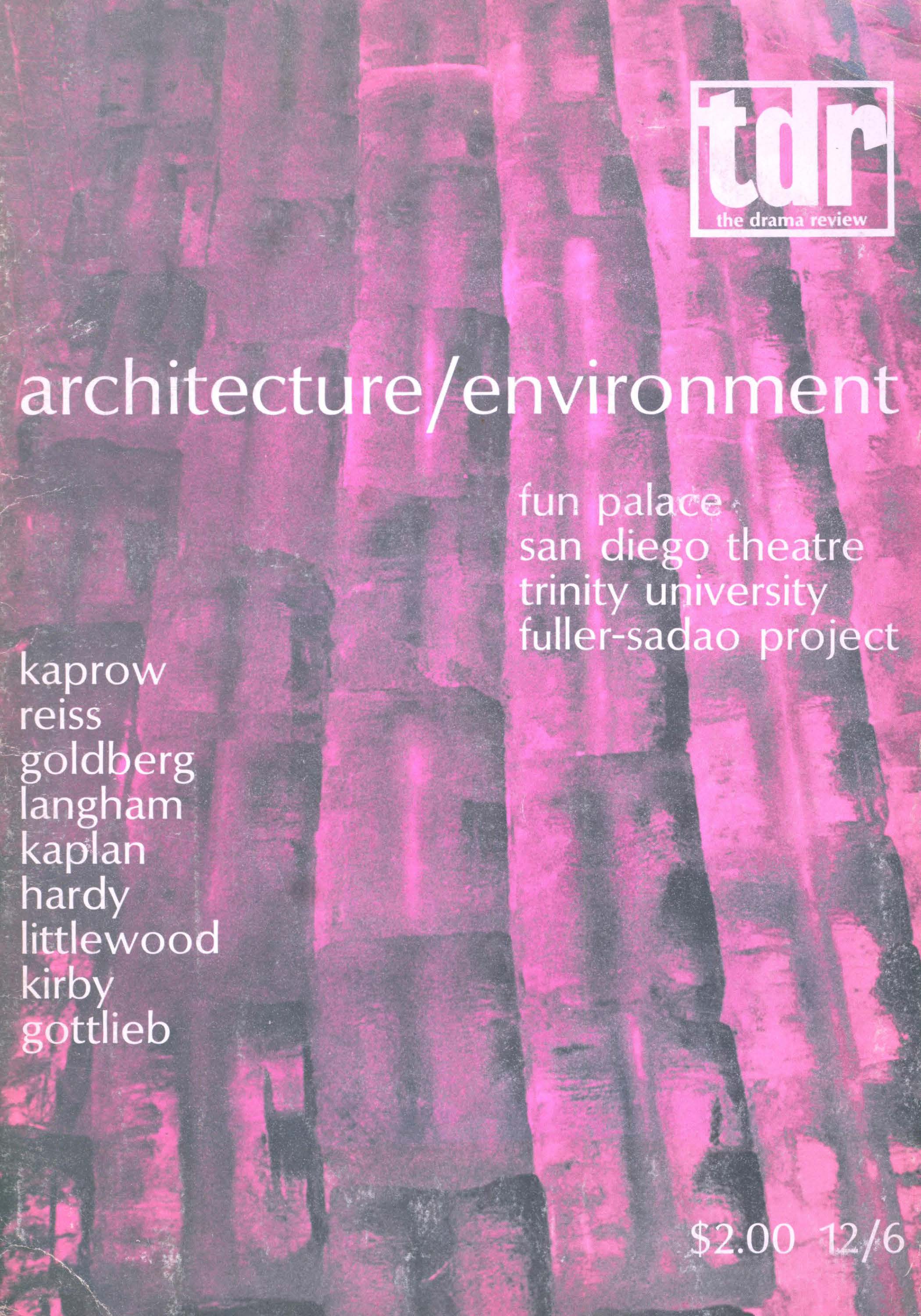No CrossRef data available.
Article contents
Lothar Schreyer and the Strmbϋhne
Published online by Cambridge University Press: 07 December 2021
Extract
By the time the word Expressionism became widely used in Germany in the years 1910-1911, it had already acquired magical properties. It denoted a kind of primitive, anti-rational, anti-classical, non-French creation; various graphic artists, writers, philosophers and dancers from Central Europe began to label their work “Expressionist.” Without a center or an adjudicating leader, without any authoritative pronouncements or clearly stated manifestos, a trend, rather than a movement, was growing up around this term. In one Berlin art gallery, Sturm, founded by Herwarth Walden and promoted in its influential periodical, Der Sturm, pieces from nearly every contemporary European avant-garde movement—French Cubism, Italian Futurism, and others—were gathered together under the single heading of Expressionism.
Information
- Type
- German Theatre Issue
- Information
- Copyright
- Copyright © 1980 The Drama Review

